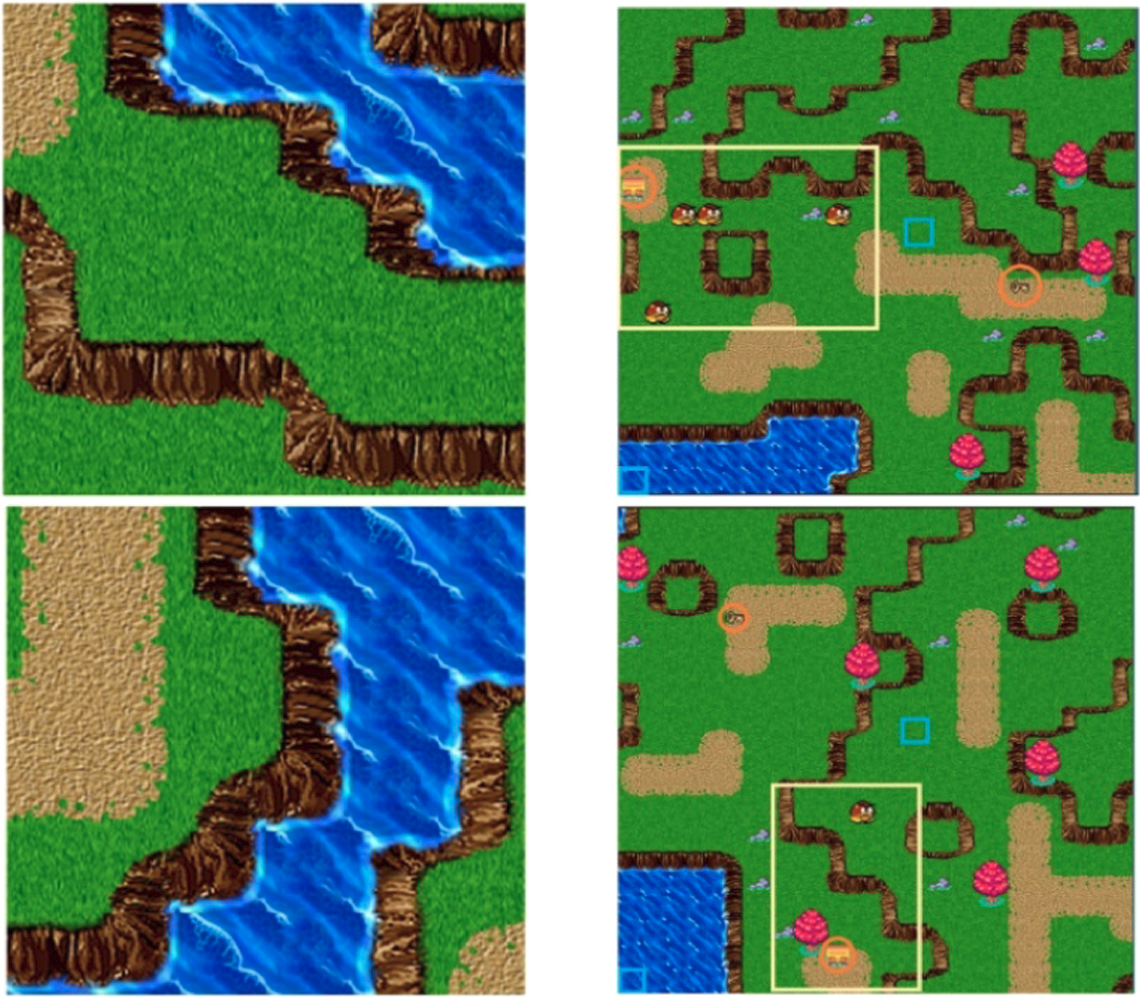
Abstract
Procedural content generation automatically creates game content through methods such as pseudo-random numbers, which helps save labor or create games that can be played repeatedly and indefinitely. The wave function collapse algorithm is an effective procedural content generation algorithm newly proposed in recent years, but it has the problems of complicated rule writing and lack of non-local constraints. In this paper, based on the original wave function collapse algorithm, an automatic rule system is proposed, which can simplify the rule writing. Moreover, we use the three mechanisms, namely global constraint, multi-layer generation, and distance constraint, to establish non-local constraints. Through experiments, compared with the original wave function collapse algorithm, the results show that manual control has been enhanced, and the generated levels have a certain degree of similarity with human-designed levels. By making a real-time dynamic level game demo using this method, it turns out that the controllable wave function collapse algorithm we proposed has great potential in the game level generation field.
Keywords
Procedural content generation, Wave function collapse, Level generation, Game design